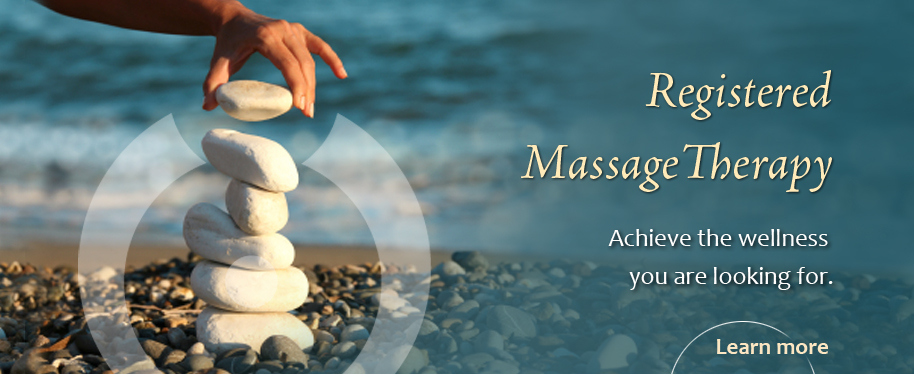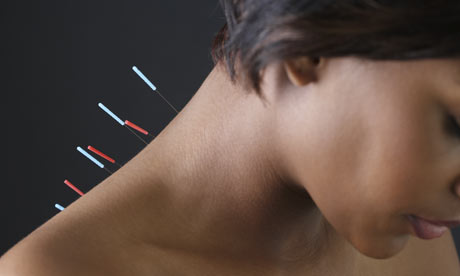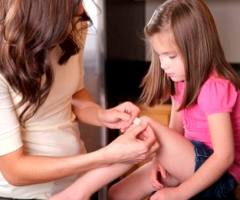In you’re looking for effective, non-surgical and natural, drug-free approach to pain management and rehabilitation in Victoria therapeutic massage can provide relief from a wide range of conditions such as migraines, osteoporosis,sports injuries and conditions related to soft tissue, nerve and joint dysfunction.
Using a blend of modern science and ancient philosophies Diversified Healths’ registered massage therapists will tailor each treatment to best suit your needs. They will use a combination of techniques that include massage and manual therapy, joint mobilization, and rehabilitative exercises such as stretching, strengthening, postural exercises and patient education to help you achieve the wellness you are looking for.
Massage helps maintain good muscle tone, flexibility, and is very effective for the management of muscular conditions. Massage can also help reduce the harmful affects of stress on your body. When used by itself or in conjunction with our other therapies, massage has many positive effect
Choose a deep tissue massage which focuses on realigning deeper layers of muscles and connective tissue. It is especially helpful for chronically tense and contracted areas such as stiff necks, low back tightness and sore shoulders.
Choose a sports massage which is typically done before, during and after personal training sessions and athletic events. The purpose of this technique is to prepare the body for peak performance, to drain away fatigue, to relieve swelling, to reduce muscle tension, to promote flexibility and the prevent injuries.
Our Registered massage therapists will provide an accurate assessment, diagnosis and prognosis of specific soft tissue and musculoskeletal conditions, as well as take a complete patient history, assessment, manual treatment and remedial exercise.
Victoria therapeutic massage is effective for people of all ages and at any stage of life, so call today to book your massage appointment!










